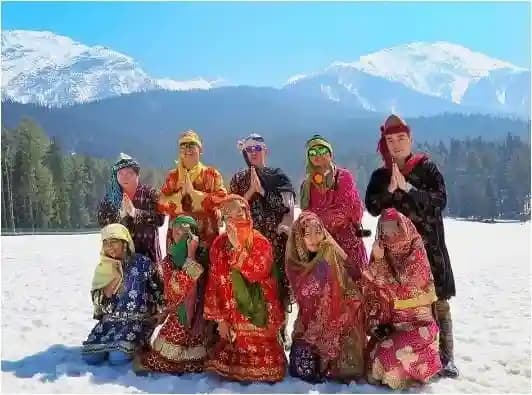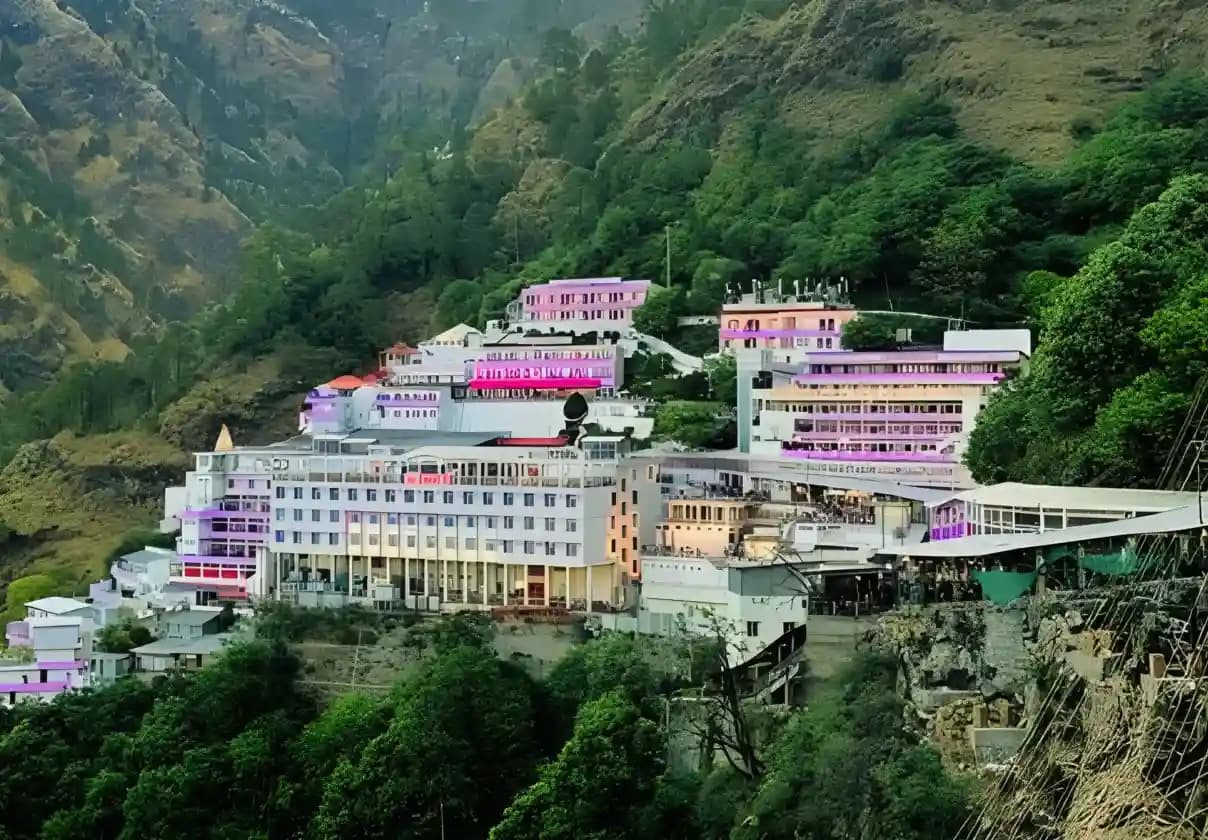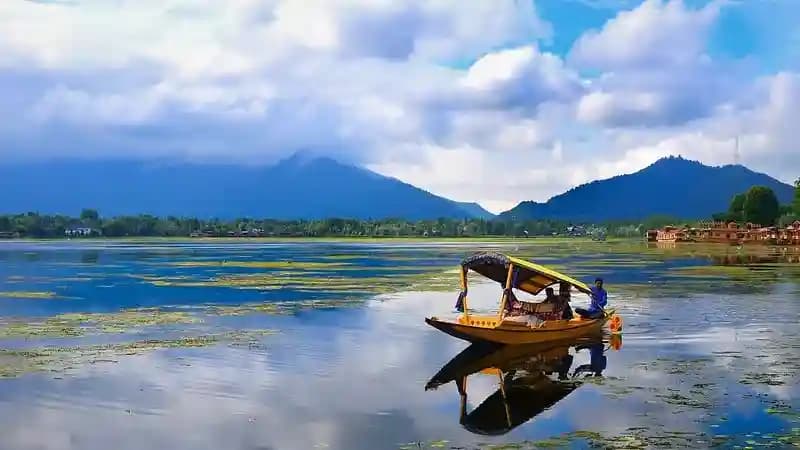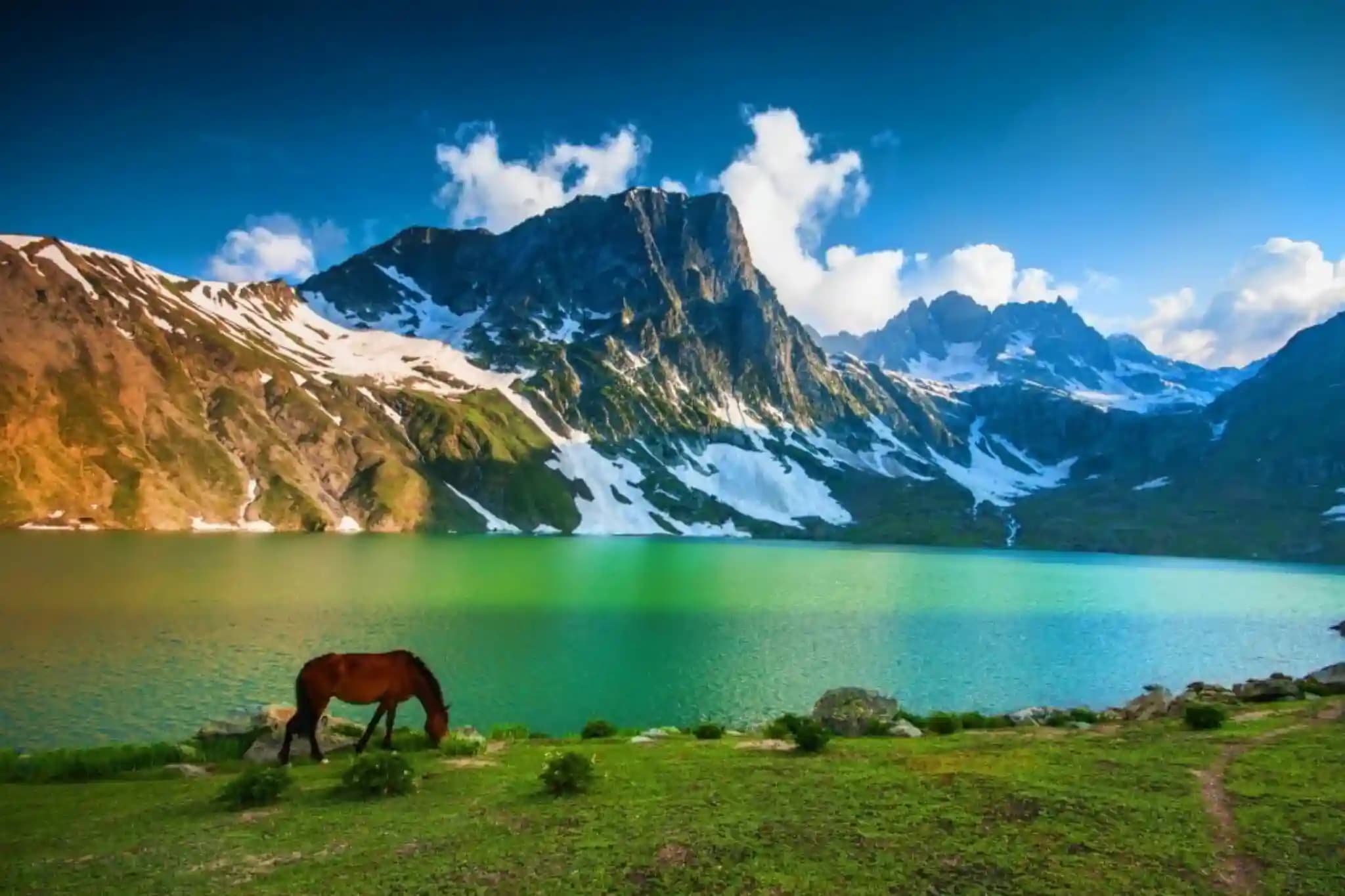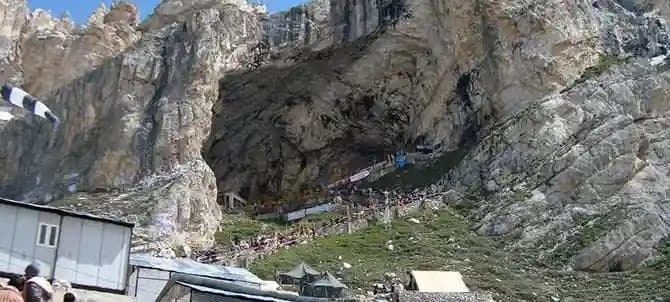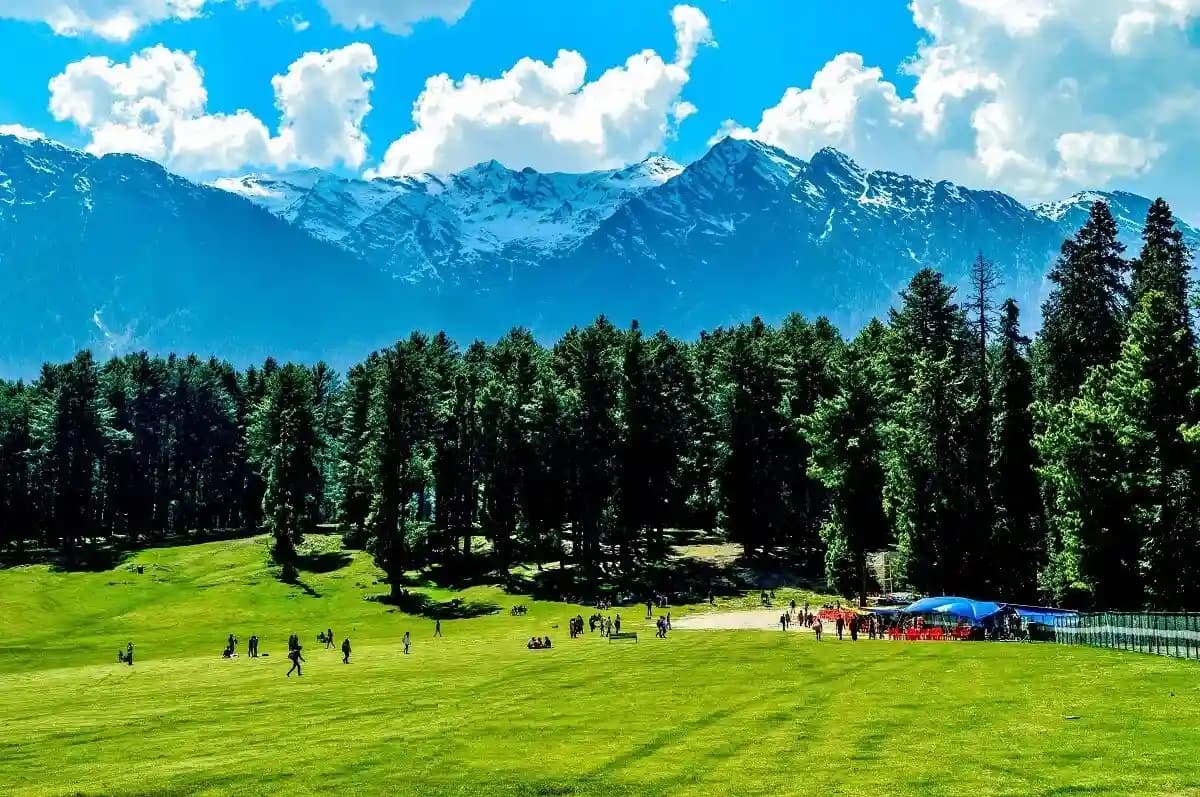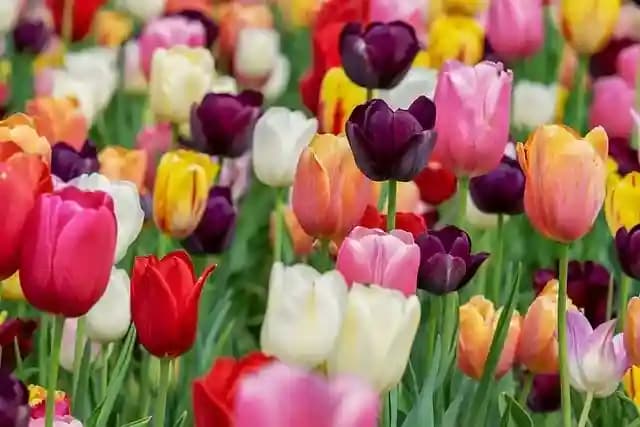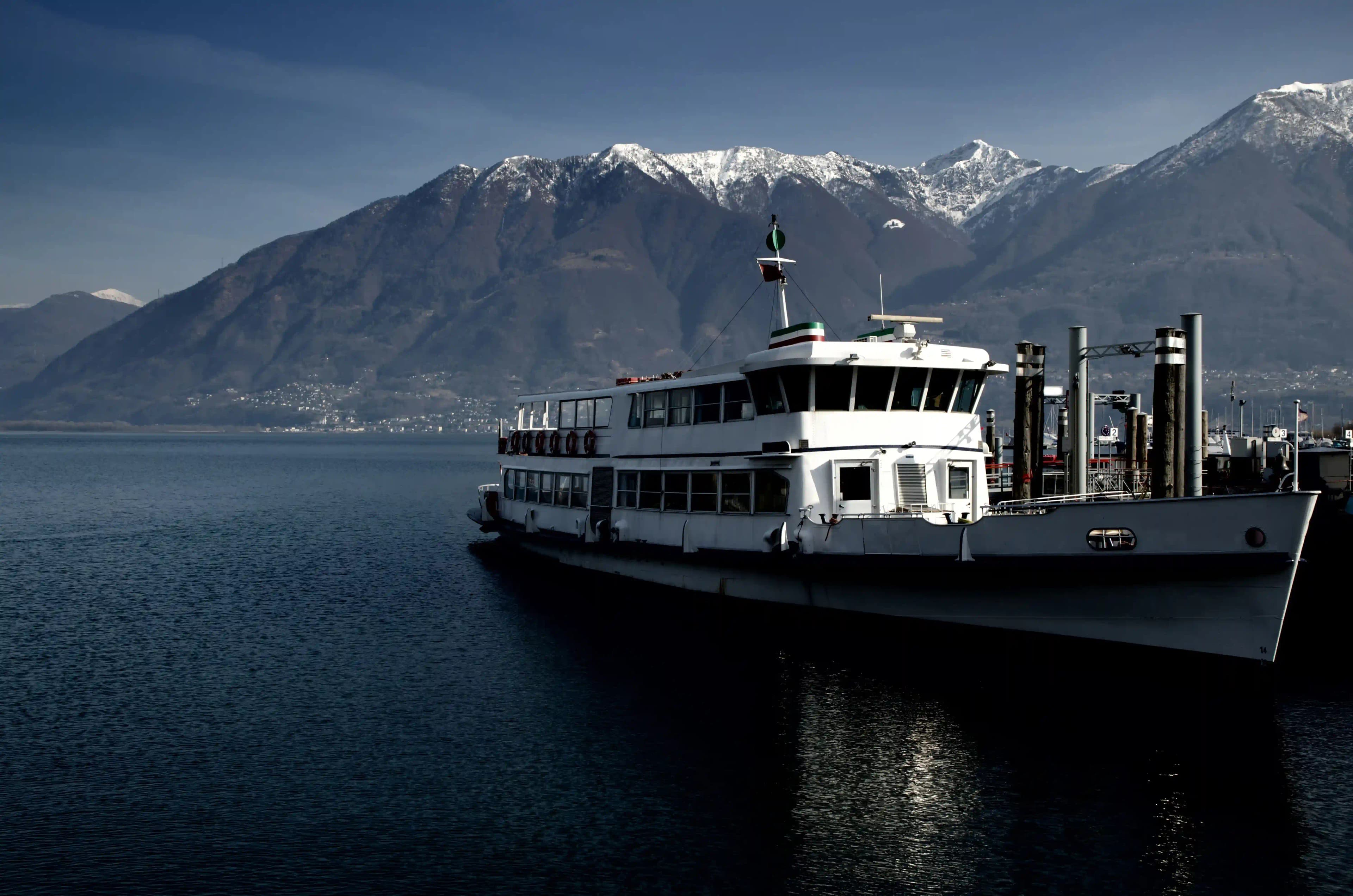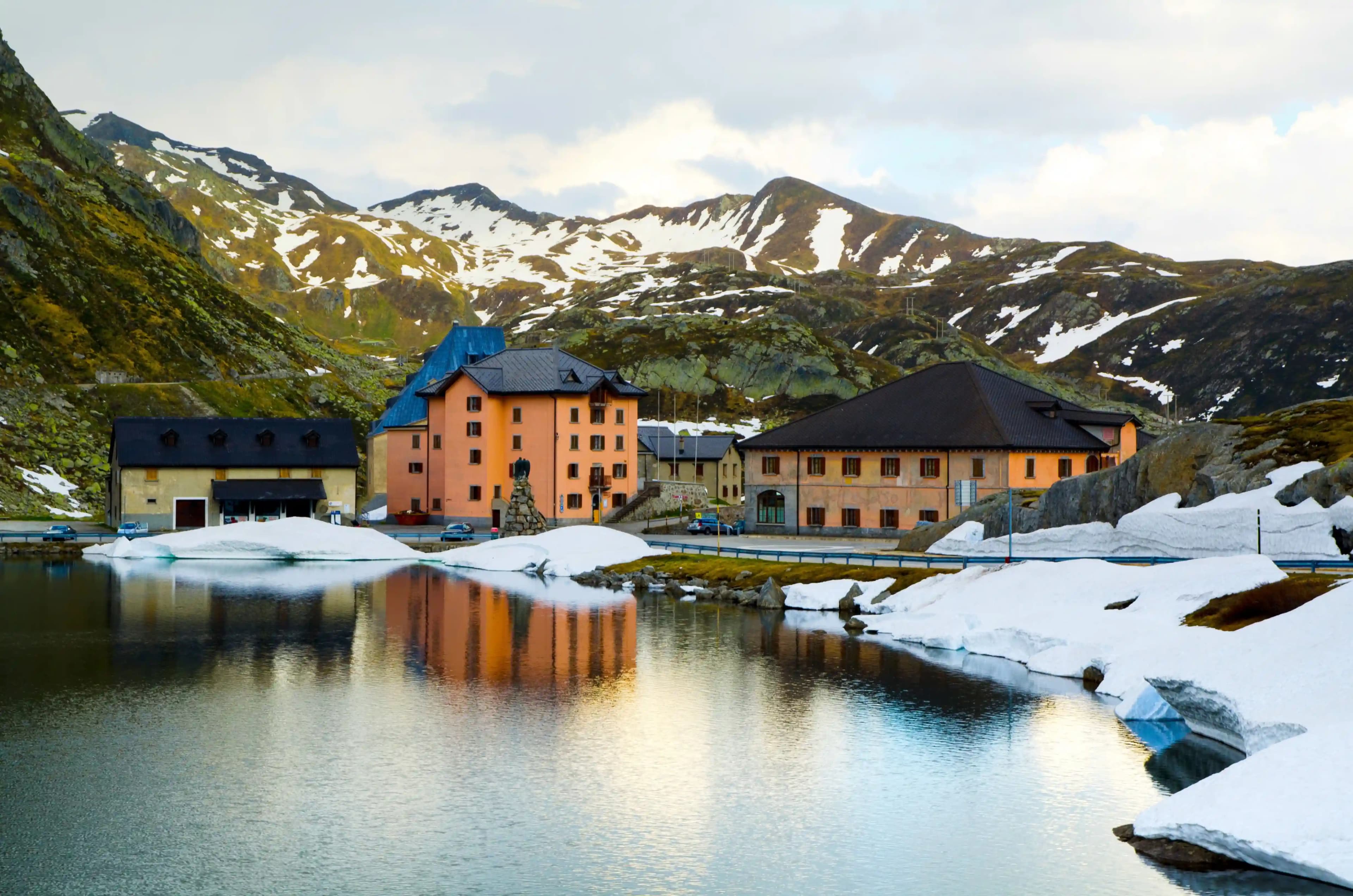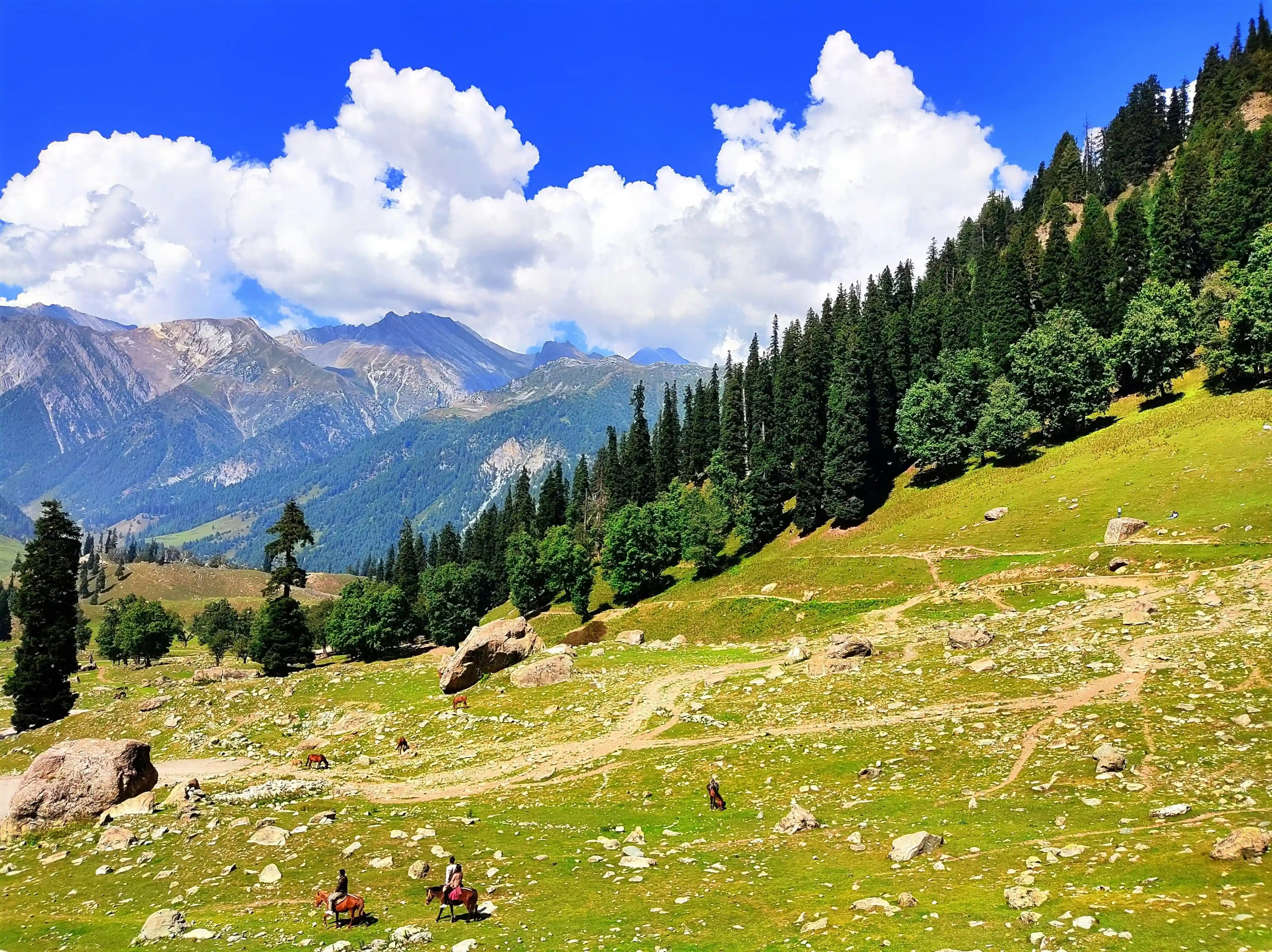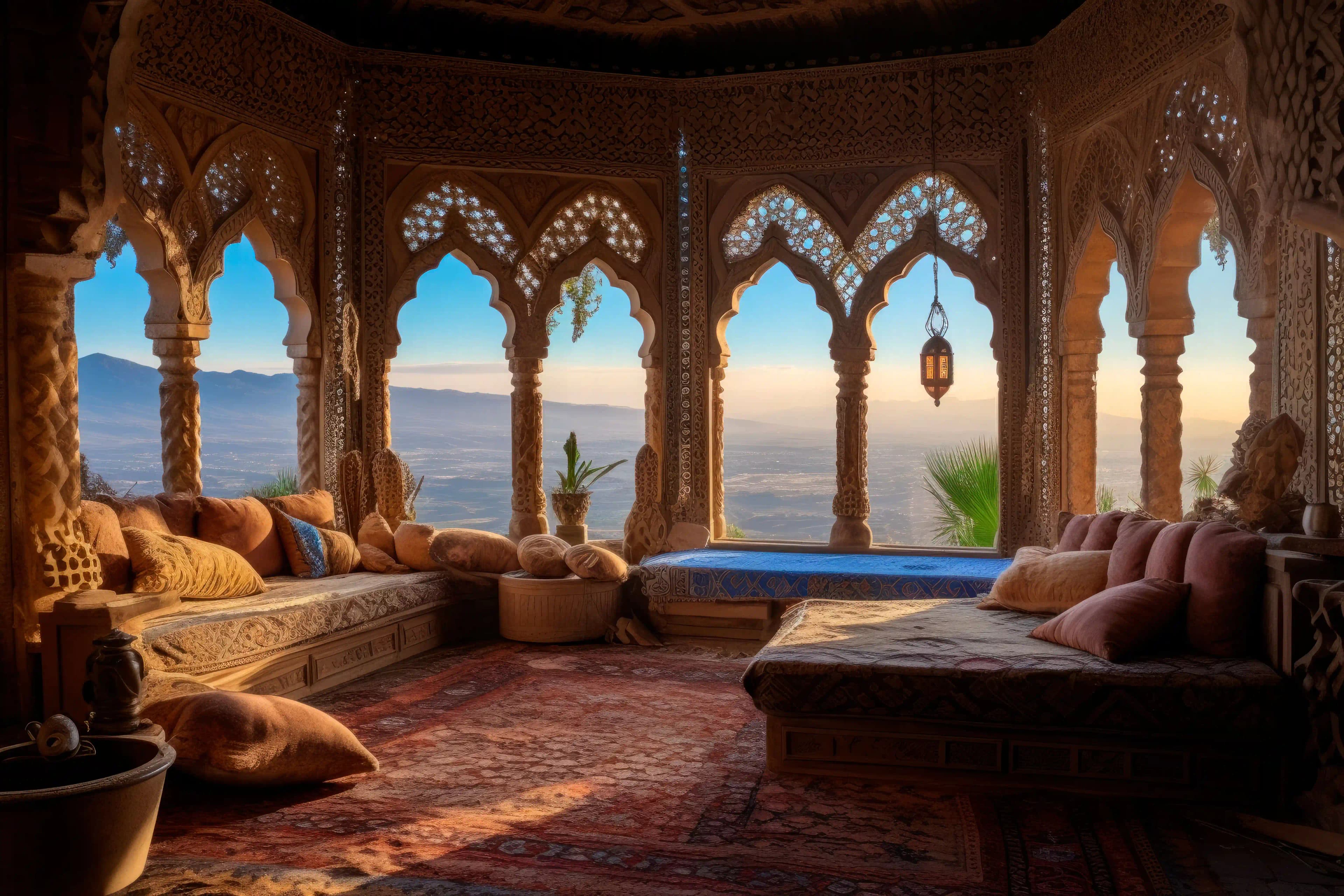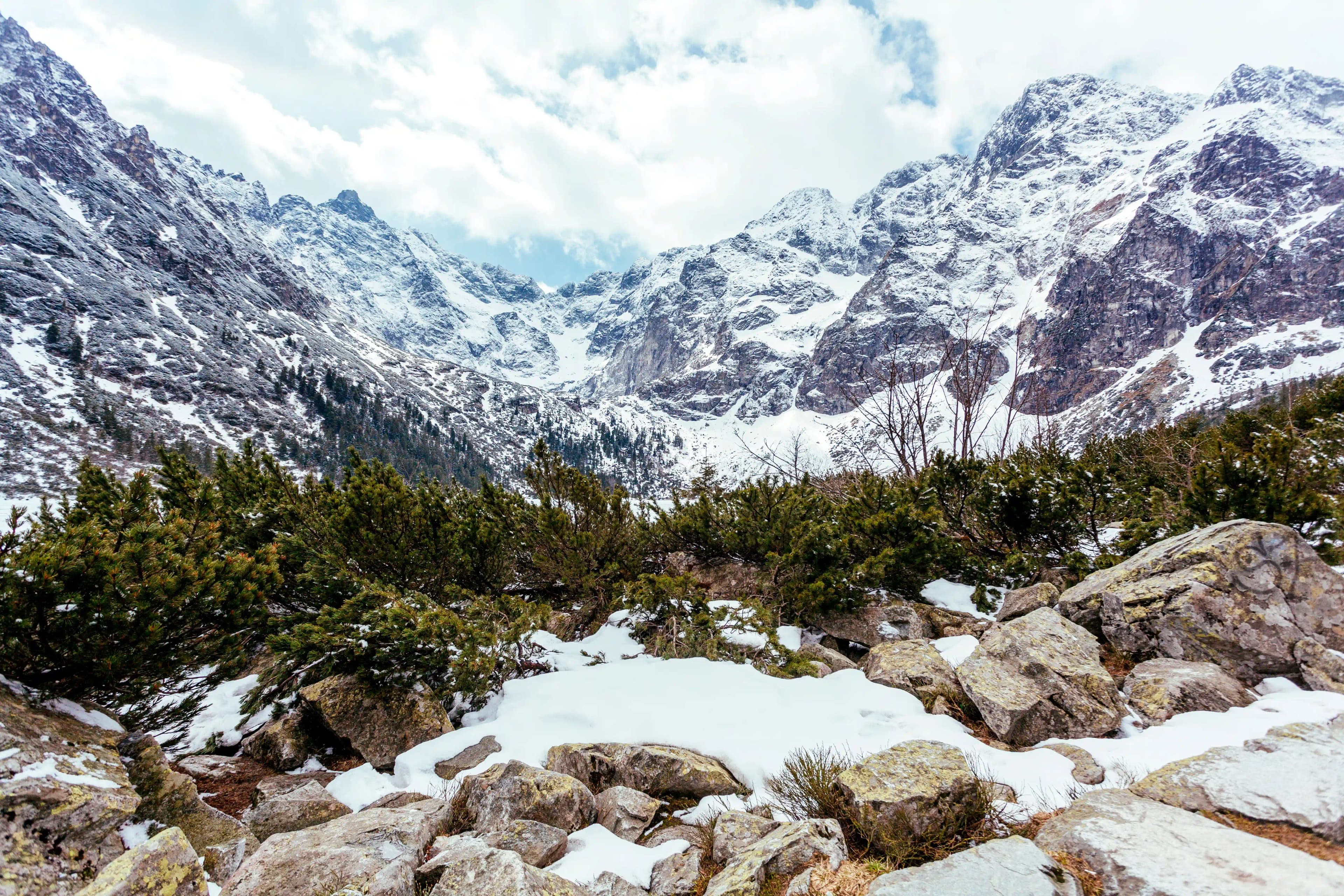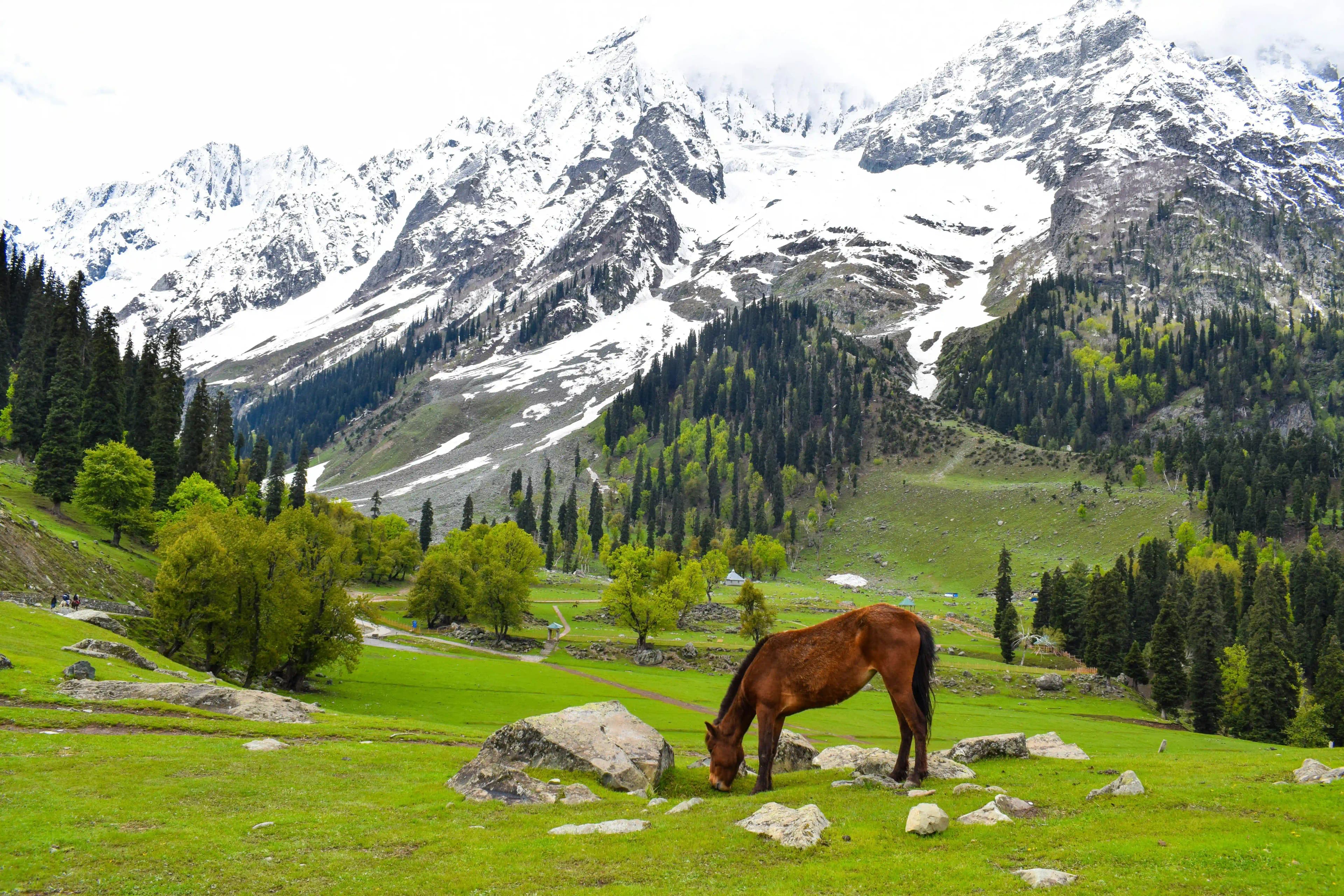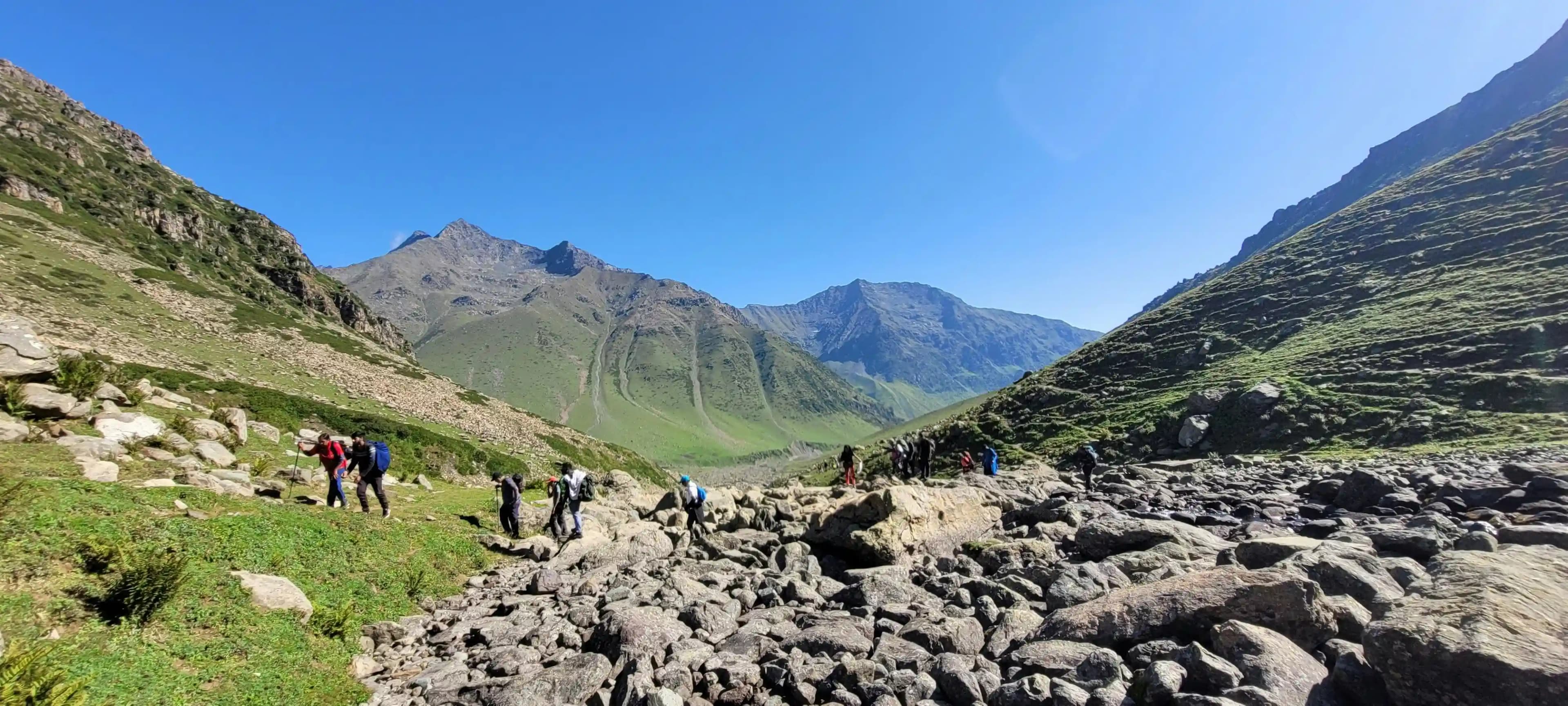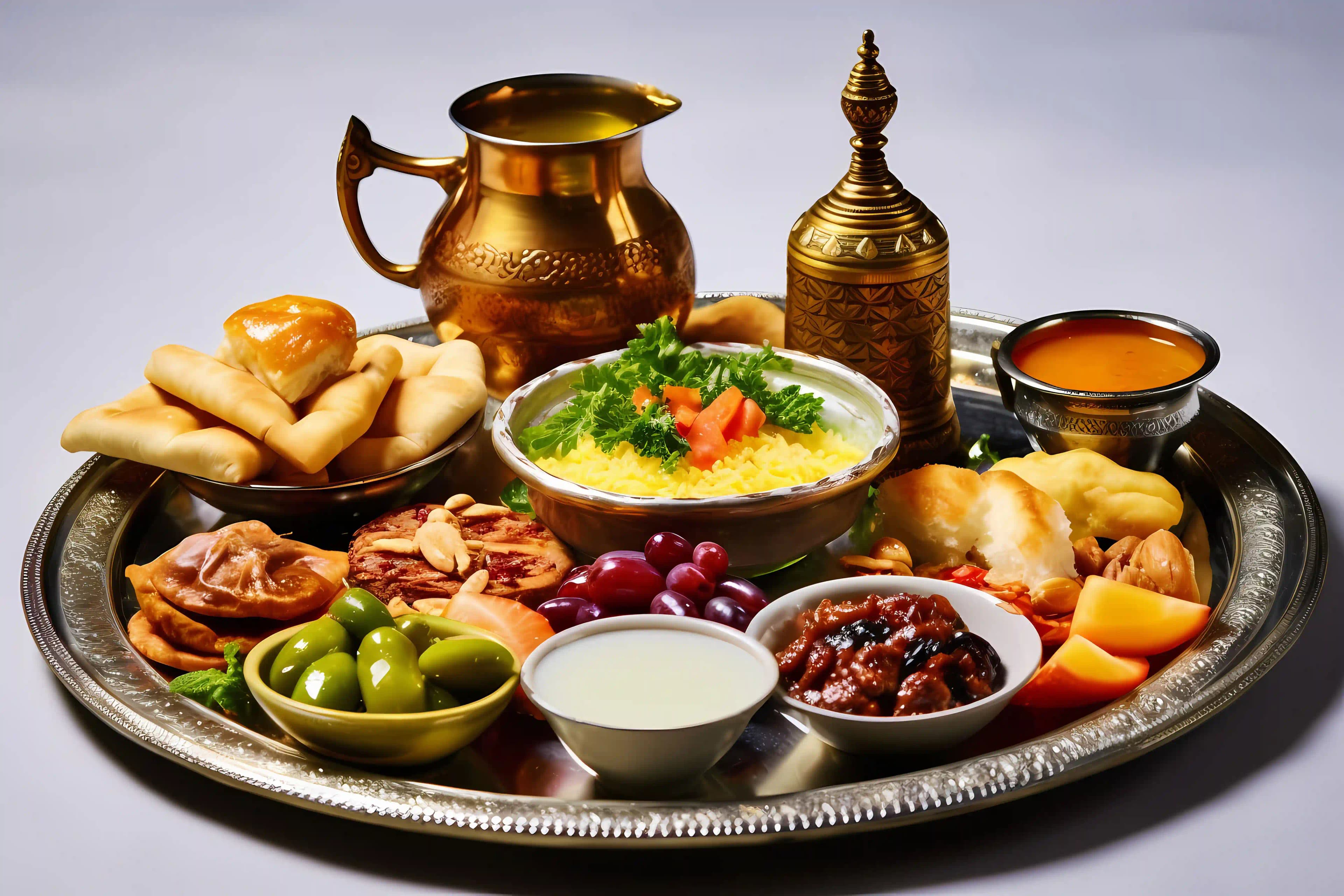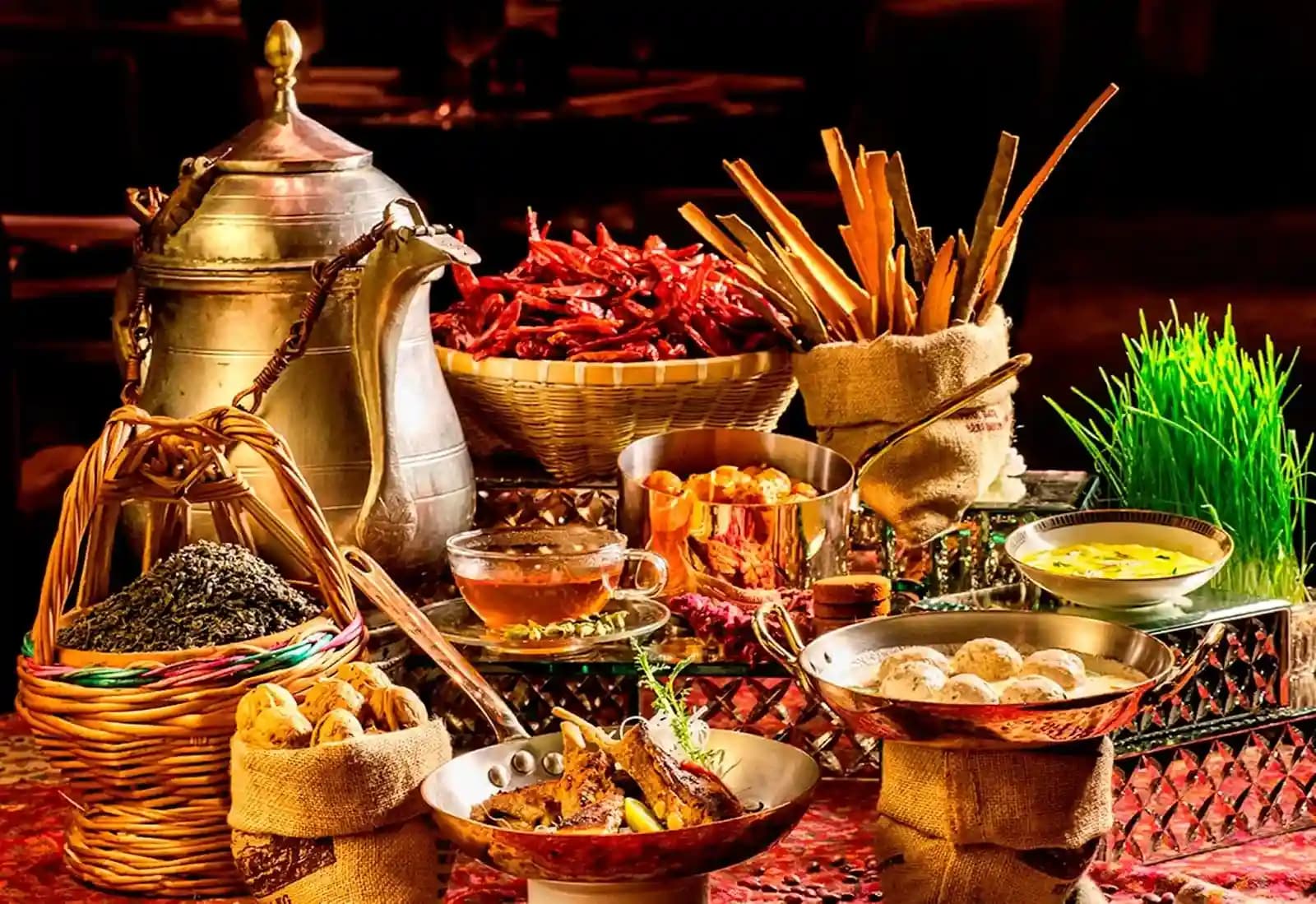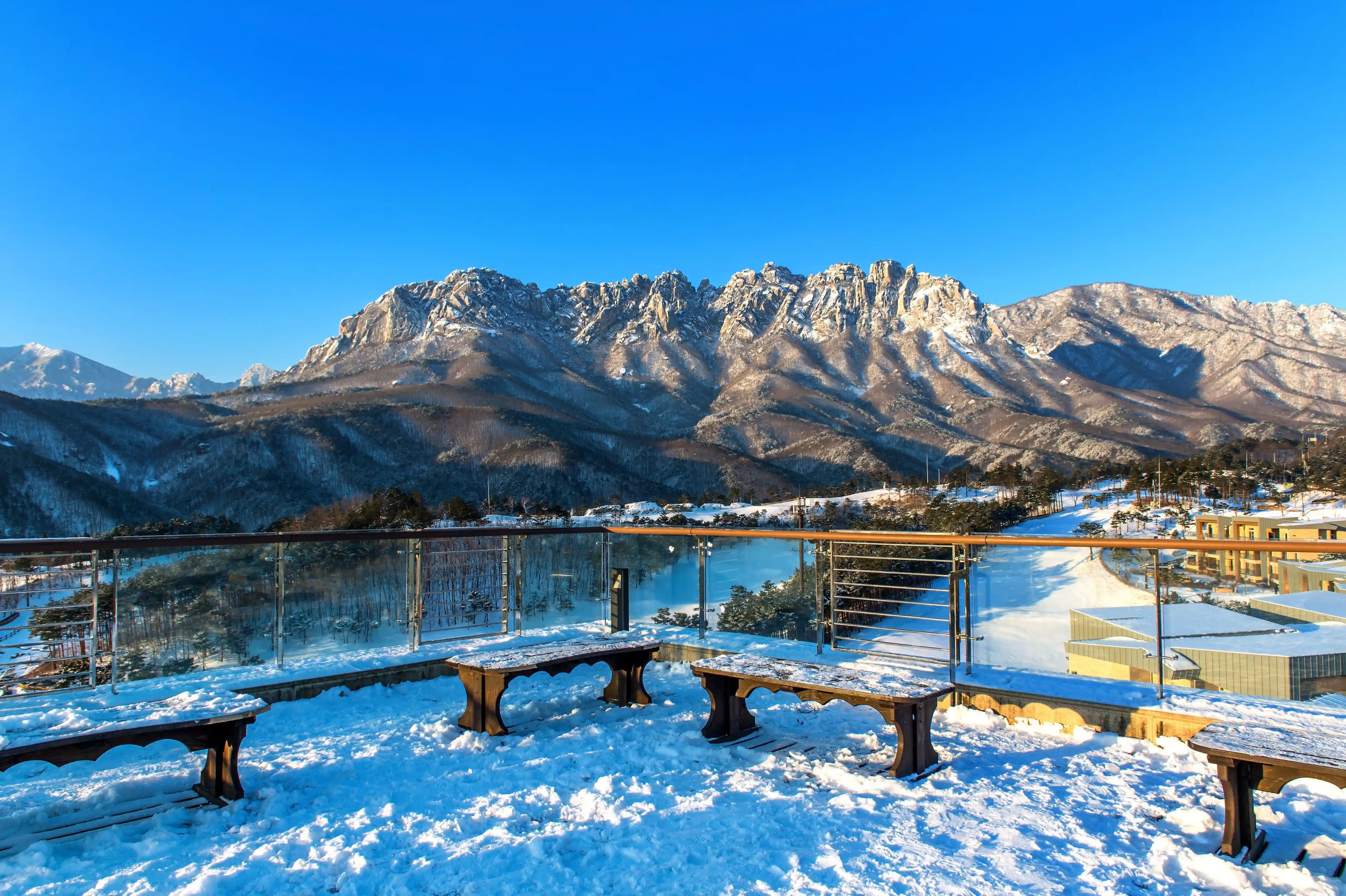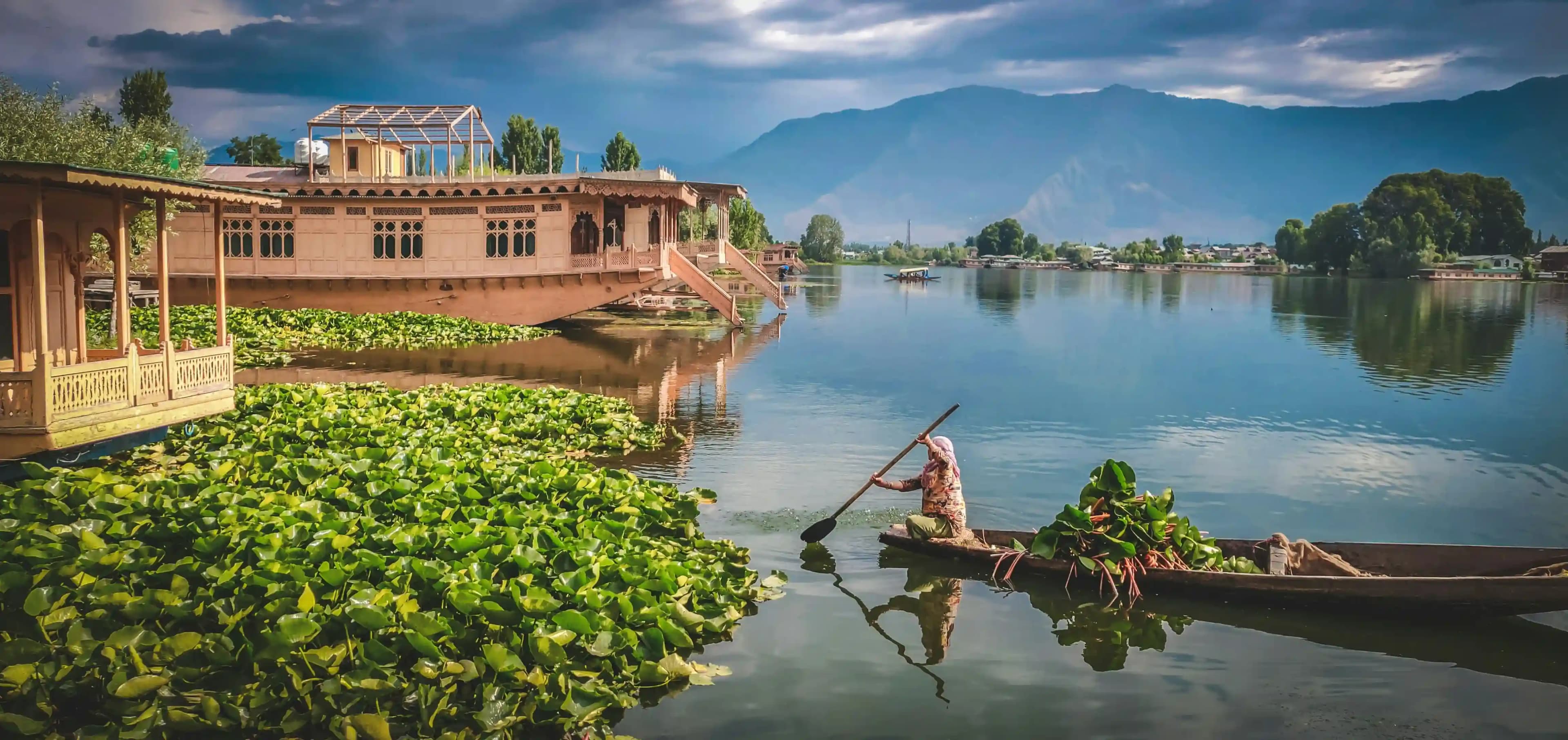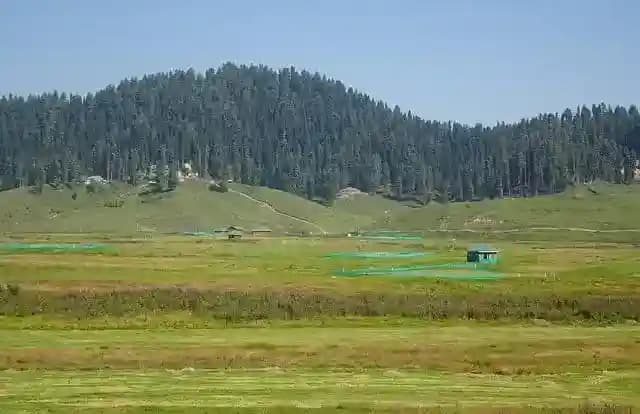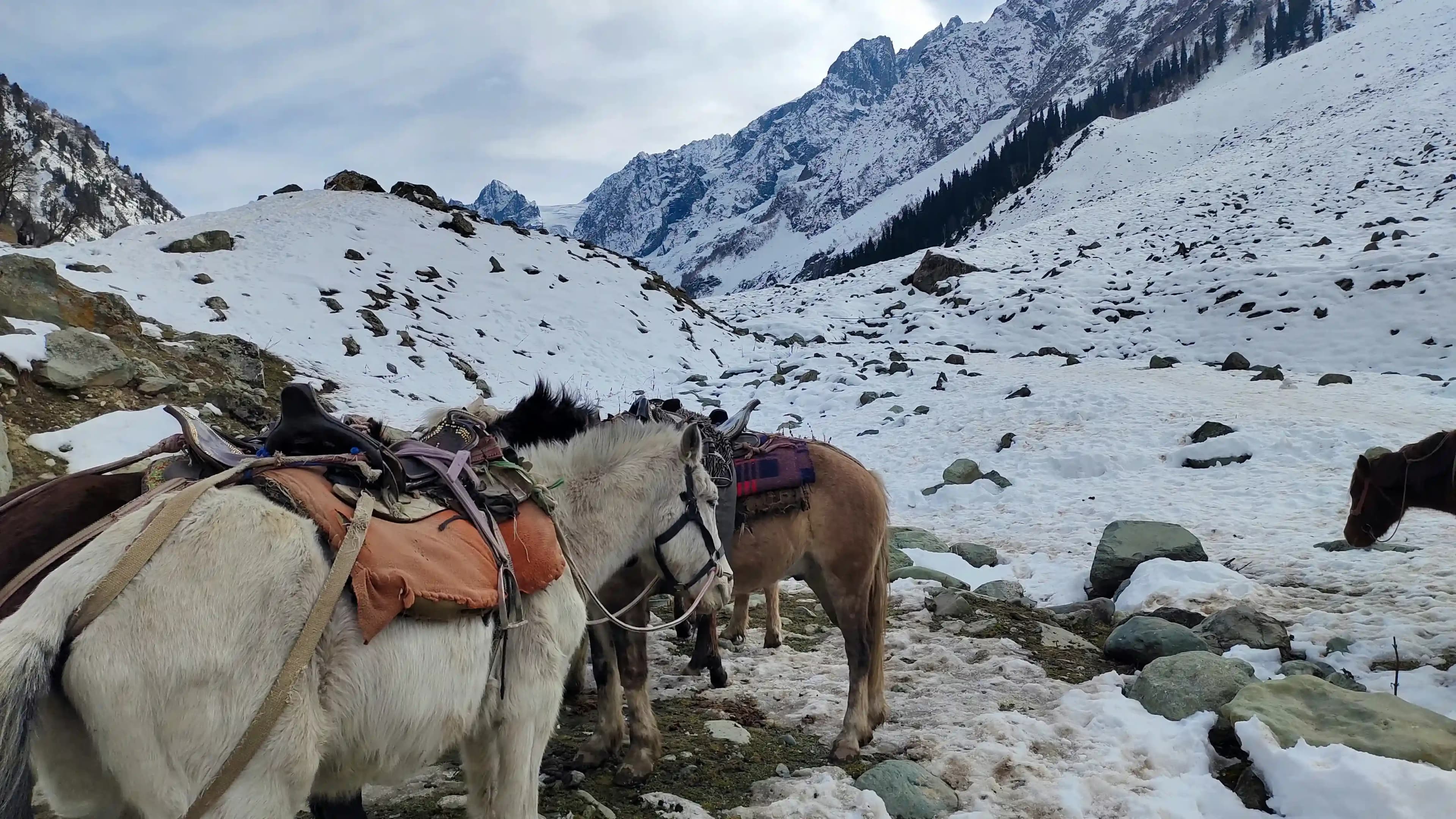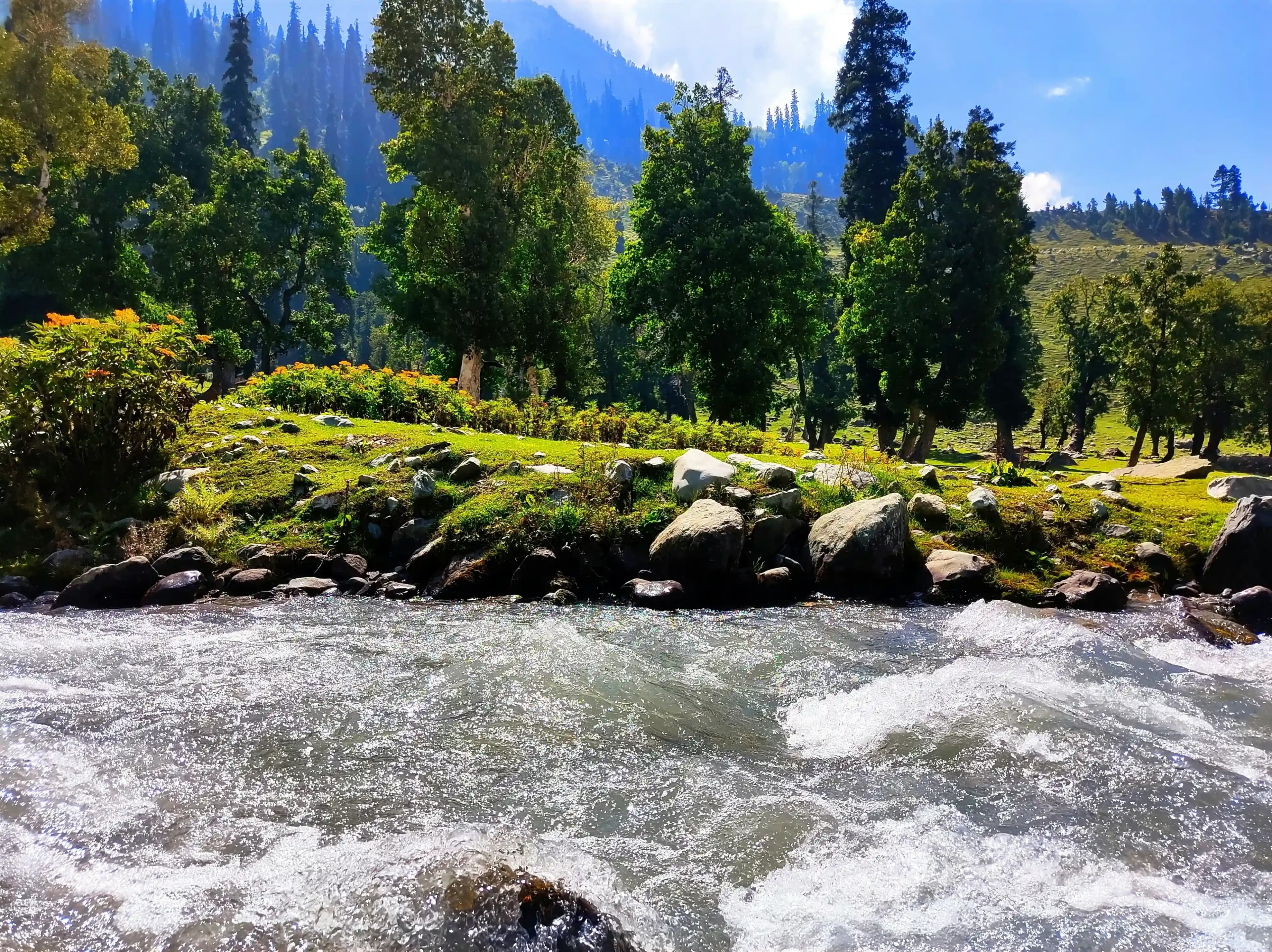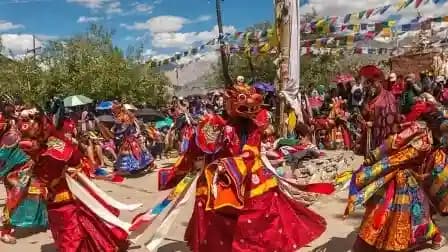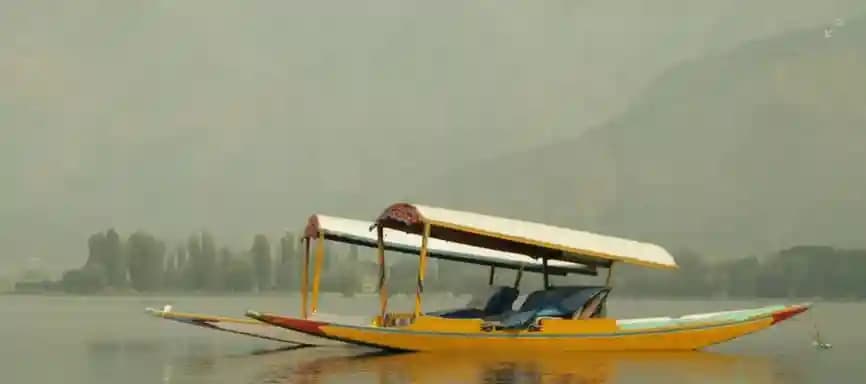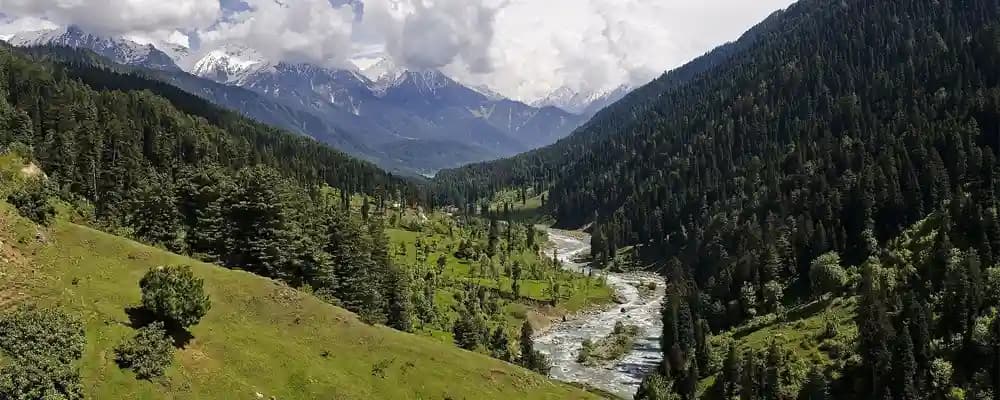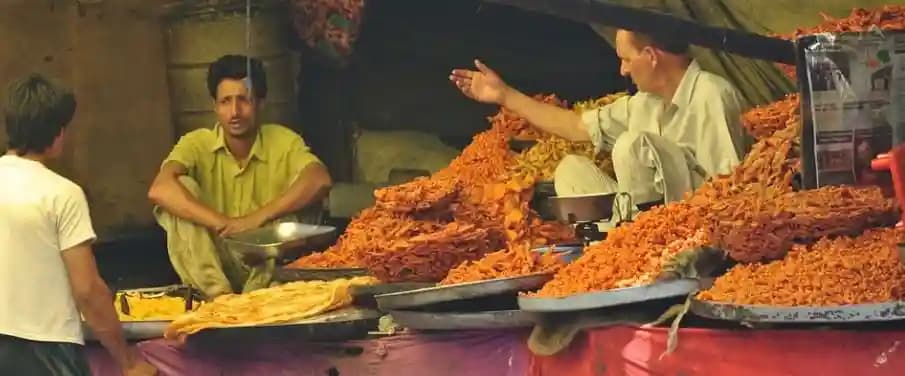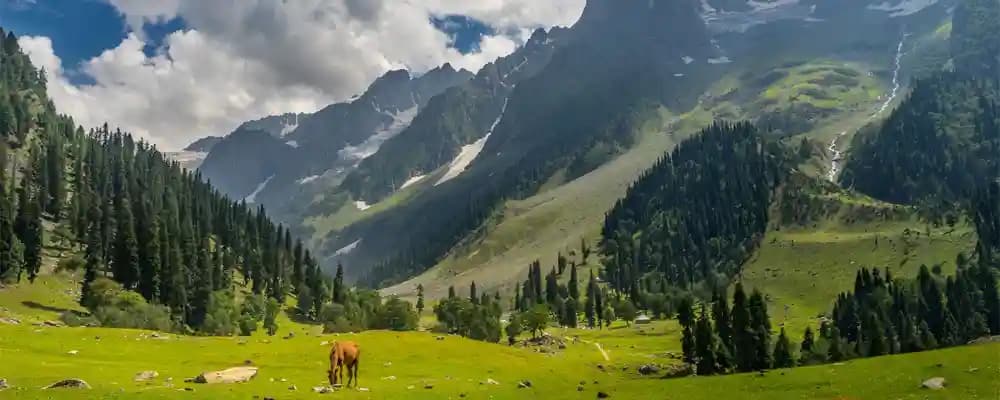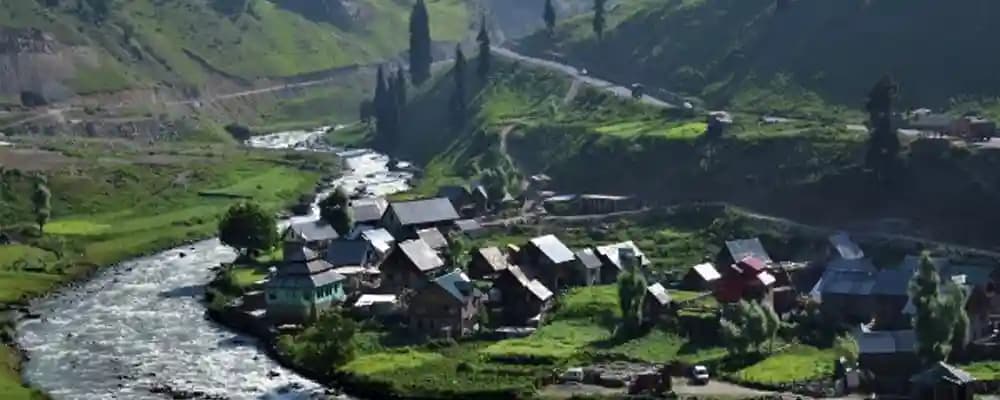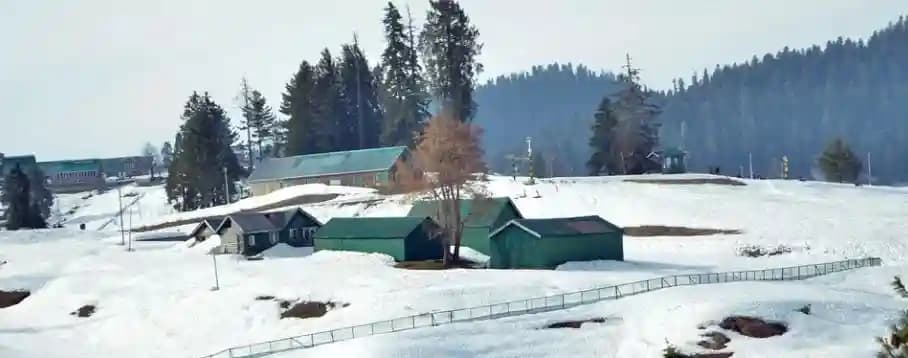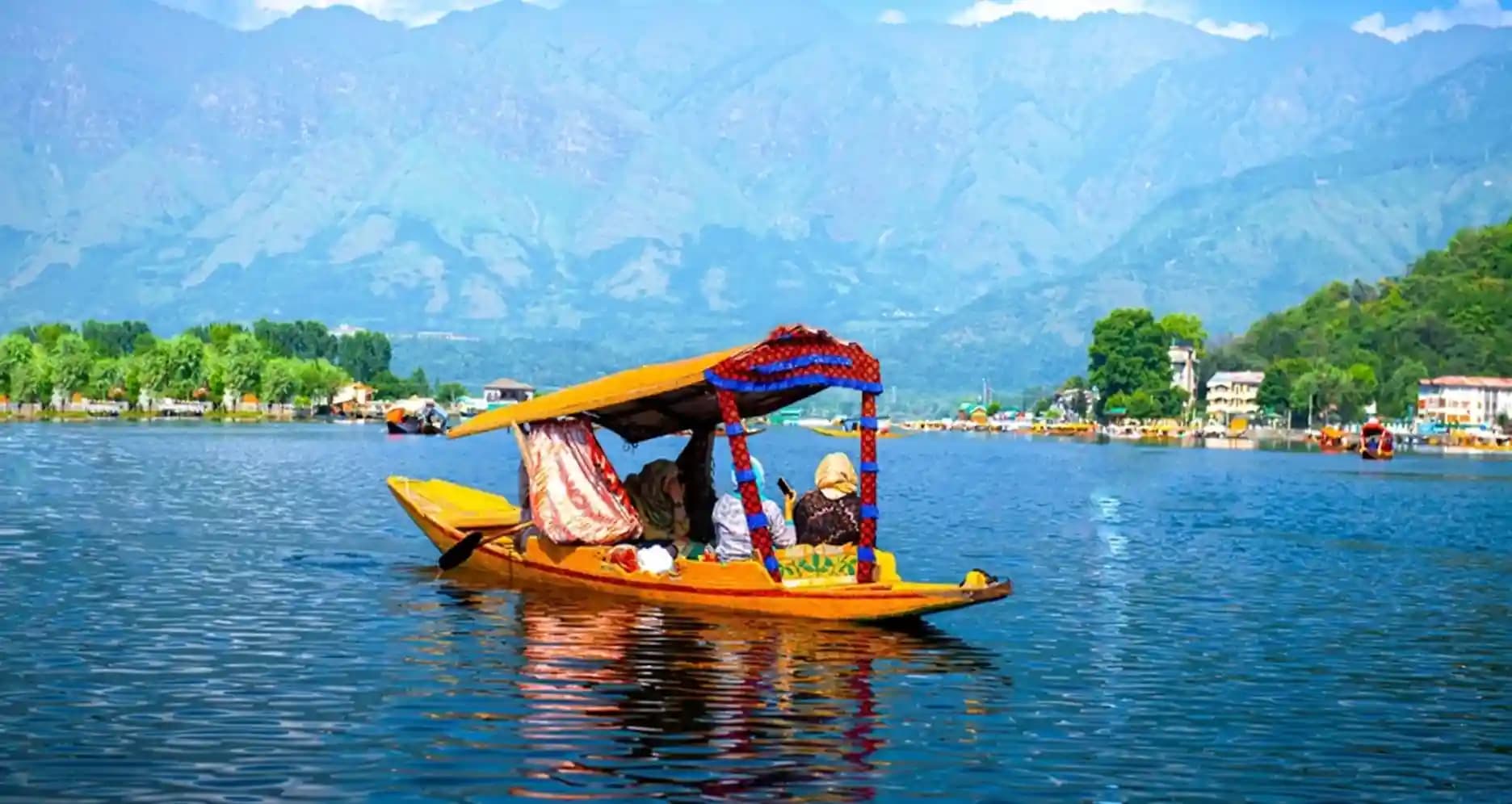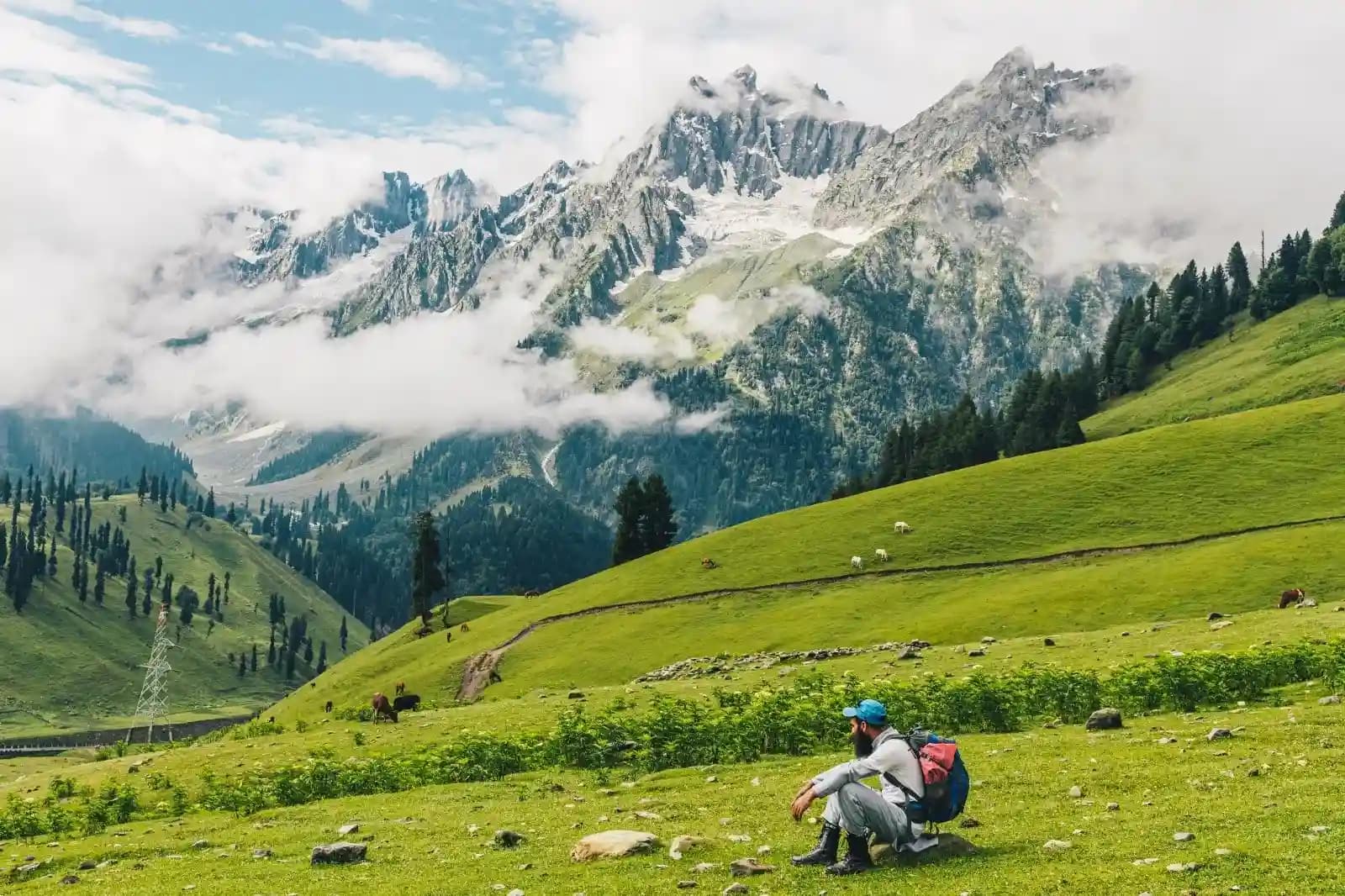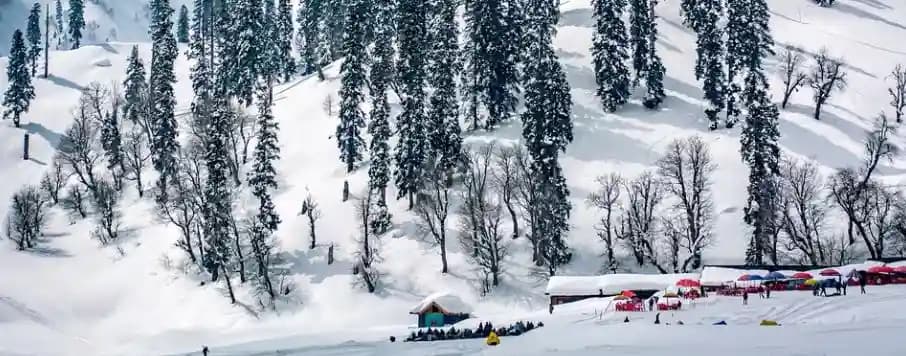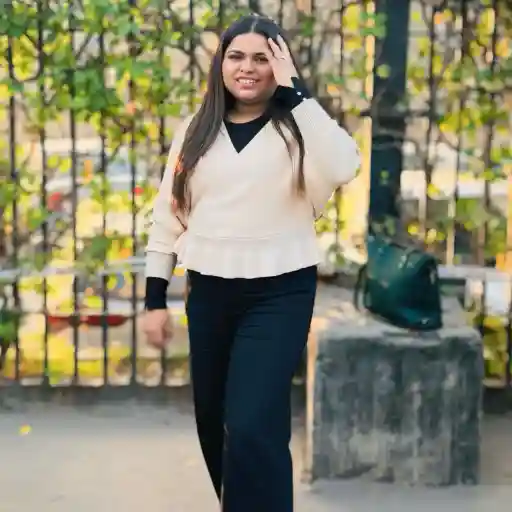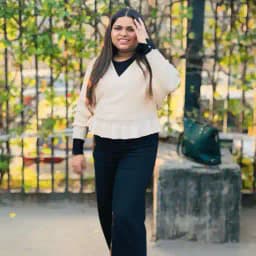The state of Jammu and Kashmir, which is well-known for its rich cultural legacy, is well-known for its traditional clothing, which represents the various cultural influences of its people.
Kashmir's traditional clothing displays the artistry and skill of the surrounding villages and is an essential component of the region's identity. This article is going to look at Kashmiri traditional clothing for both Muslims and Hindus, highlighting its unique characteristics and historical significance. Additionaly this blog post is also helpful for those who are looking for a Kashmir trip and acknowledge us about the cultural and tradationa aspects of Kashmir.
Kashmiri Hindu women's clothing
Pheran
Both Muslim and Hindu women in Kashmir traditionally wear the Pheran, a loose, long gown-like garment. Usually, materials like wool, cotton, or silk are used to make it. For Hindu ladies, the Pheran is frequently decorated with mirror work, brilliant embroidery, and detailed patterns derived from Hindu mythology. The traditional look is completed with accessories like a dupatta or headscarf.
Phulkari
Phulkari, which translates to "flower work," is a traditional needlework method that is well-liked by Kashmiri Hindu women. It involves painting shawls, dupattas, and blouses with lively, detailed flower designs. Work of Phulkari artists is highly valued culturally and often passes down through generations of people. Phulkari embroidery is a traditional and artistic addition to the clothing worn by Hindu ladies in Kashmir.
Lehenga Choli
Popular traditional clothing worn by Hindu ladies not only in Kashmir but across the Indian subcontinent is the lehenga choli. It consists of a fitted blouse called the Choli, a dupatta, and a flared skirt called the Lehenga. The Lehenga Choli is frequently adorned with elaborate embroidery, sequins, or zari work and is composed of silk or other opulent materials. It is worn during festivals, weddings, and other joyous occasions.
Taranga
Hindu ladies usually wear the taranga, a traditional Kashmiri item of clothing, during celebrations and weddings. It is composed of a lengthy, voluminous skirt adorned with detailed embroidery. The Taranga is worn with a vibrant, beautifully patterned dupatta and a blouse that matches. This clothing reflects the colorful customs of Hindu culture as well as the rich creative legacy of Kashmir.
Kashmiri Saree
A unique take on the regular Indian saree, the Kashmiri saree stands out by its richer textiles, intricate designs, and gorgeous needlework. These sarees are worn by Hindu ladies in Kashmir on important occasions. The elaborate patterns seen on Kashmiri sarees, which are a reflection of the creative heritage of the area, commonly include paisleys, floral motifs, and chinar leaf patterns. The saree's attractiveness and cultural importance are heightened by the unique way it is draped.
Ghagra Choli
The Gagra Choli is a traditional outfit that consists of a fitted blouse called the Choli, a dupatta, and a long, fanned skirt called the Gagra. Wearing the Gagra Choli at festivals, weddings, and cultural events is a norm among Hindu women in Kashmir. Usually composed of silk or cotton, the clothing is adorned with zari, mirror work, or embroidery. It represents the beauty and grace of Kashmiri Hindu customs.
Kashmiri Muslim women's clothing
Hijab
For Muslim women, the hijab is a headscarf that covers their neck, chest, and hair. The hijab is an essential piece of Muslim women's traditional clothing in Kashmir. In general, it is composed of airy materials that breathe, like cotton or chiffon. Since the hijab is available in a variety of hues and designs, women may express their individual preferences and sense of style while yet remaining modest.
Abaya
Muslim women in Kashmir wear loose, full-length outer garments called abayas. Normally, it is made up of airy materials like crepe or chiffon to provide modesty and comfort. With the exception of the hands and face, the abaya is meant to cover the complete body. It can include detailed embroidery or decorations along the borders, collar, and cuffs to give the outfit a sense of elegance. Wearing an abaya is a sign of cultural identity and religious commitment.
Pheran with Hijab
As previously stated, the Pheran is a customary robe-like piece of clothing worn by Kashmiri men and women alike. Muslim women frequently wear a hijab in addition to the péran to create a unique traditional outfit. While the Hijab ensures conformity to religious and cultural customs, the Pheran offers moderate coverage of the body, covering the head and neck.
Hijab with Anarkali Suit
The original Anarkali costume is made up of fitting pants and a long, flowing tunic. In Kashmir, Muslim women frequently pair the Anarkali suit with a matching hijab. The intricate embroidery and decorations on the tunic often showcase the creative expertise of Kashmiri artisans. With this ensemble's combination of traditional and modern styles, women are able to show off their own sense of style while staying true to modesty rules.
Hijab and Shawl
Famous for its softness and elegance, the Pashmina shawl is a favorite adornment among Muslim women in Kashmir. It is frequently worn with a hijab and tossed over the shoulders to cover up the upper torso. Apart from offering warmth, the shawl compliments the outfit's overall grace and beauty. The pairing of a hijab and shawl is highly valued by Muslim women in Kashmir, since it symbolizes their religious identity and cultural legacy.
The Burqa
The Burqa is worn by certain Muslim women in the region, however it is not exclusive to Kashmir. The Burqa is a loose, full-body covering that covers the complete body with a veil or mesh screen to hide the face. There are several types and designs to choose from, and it is composed of lightweight materials. The Burqa is a chosen garment used by women who want more thorough coverage for elegance and devotion to religion.
Kashmiri Hindu Men's clothing
Achkan
Hindu males in Kashmir traditionally dress in the Achkan, a coat-like garment. It's a fitting coat with a front opening that falls to the knees or longer. The Achkan is often adorned with zari work, elaborate embroidery, or other decorations and is constructed of expensive fabrics like silk or brocade. Usually it is worn with churidar pants or matching pants. Wearing the Achkan during weddings, celebrations, and cultural events reflects the regal and sophisticated style of Kashmiri Hindu males.
Pheran
In Kashmir, both men and women traditionally dress in the Pheran, a loose, long gown-like garment. In Kashmir, Hindu males dress in the Pheran in a way that is uniquely their own. For Hindu males, the Pheran is usually constructed of wool, cotton, or silk textiles. It often reflects simplicity and elegance and is either simple or lightly decorated. The Pheran is appropriate for Kashmir's chilly environment since it offers warmth and comfort.
Kurta and Waistcoat
In Kashmir, Hindu males often dress traditionally in a waistcoat and kurta combination. The Waistcoat is a sleeveless garment worn over the loose, knee-length Kurta shirt. The Waistcoat gives a sense of richness to the outfit when it is embellished with exquisite work of art, mirror work, or zari. This clothing is usually used for festivals, weddings, and other events. It goes well with trousers or churidar pants.
Turban in Kashmir
Hindu males in Kashmir traditionally wear the Pagri, or Kashmiri turban, as an accessory for their heads. It is a lengthy piece of material that is turned by wrapping it around the head. The rich cultural legacy of the area is reflected in the Kashmiri Turban, which is frequently fashioned from brilliant and beautifully patterned textiles. It is worn as a badge of honor and individuality, identifying the wearer's cultural and religious background.
Kashmiri Muslim Men's clothing
Khan Dress
A popular traditional garment worn by Muslim males in Kashmir is the Khan Dress. It is made up of a long, baggy shirt called the Khan and a baggy pair of pants called the Shalwar. Typically, lightweight materials like linen or cotton are used to create the Khan Dress, providing for comfort and flexibility of movement. A touch of luxury can also be added to the outfit with the shirt's elaborate embroidery or decorations along the collar, cuffs, and front placket. At religious rituals and on important occasions, people wear the Khan Dress.
Sherwani
Muslim males in Kashmir often dress formally for weddings, holidays, and religious rituals by donning sherwanis. It is usually composed of expensive fabrics like silk or brocade and is a long, coat-like garment that falls below the knees. The Sherwani is beautifully stitched and adorned with traditional Kashmiri patterns or zari work. It is worn with a matching turban or headpiece over shalwar, a loose-fitting pair of pants. The Sherwani is a symbol of grace, tradition, and sophistication.
Kurta Pajamas
Muslim men in Kashmir traditionally dress in Kurta pajamas for semi-formal and casual events. The Pajama is a loose-fitting pair of pants that taper at the ankles, while the Kurta is a loose, knee-length blouse with long sleeves. Generally made from cozy materials like silk or cotton, Kurta pajamas usually have delicate stitching or other decorations. Depending on the event's formality, this adaptable outfit can possibly be worn paired with or without a waistcoat.
Pheran
In Kashmir, both men and women dress traditionally in Pheran. The Pheran is a long, flowy garment that falls below the knees that is worn by Muslim males. Usually, it is made from cozy, warm materials like tweed or wool to act as protection against the bitterly cold Kashmiri winters. The Pheran is often simple or lightly decorated, emphasizing utility and simplicity. It is a common daily outfit and a recognizable sign of Kashmiri culture.
Kashmiri Cap
The headpiece worn by Muslim males in Kashmir is known by several names, including the Petha Topi, the Karakul, and the Kashmiri Cap. Made from the fleece of the karakul sheep, it's an original fur cap. The Kashmiri Cap features a rounded, flat form with a hole for the crown in the center. It works well with traditional outfits like Kurta pajamas, Sherwani, Khan Dress, and Pheran. The Kashmiri Cap is seen as a customary piece of clothing for Muslim males in the area and is a sign of Kashmiri identity.
Conclusion
While Hindus and Muslims in Kashmir traditional dress patterns and styles are different to each other, there are also similarities that highlight the region's unique cultural character. Both groups wear the Pheran and Khan Dress, which symbolizes harmony and togetherness among Kashmir's many cultural traditions. The Kashmiri people get great pride and identity from their traditional clothing, which also serves as an artistic representation of the region's rich cultural legacy.
